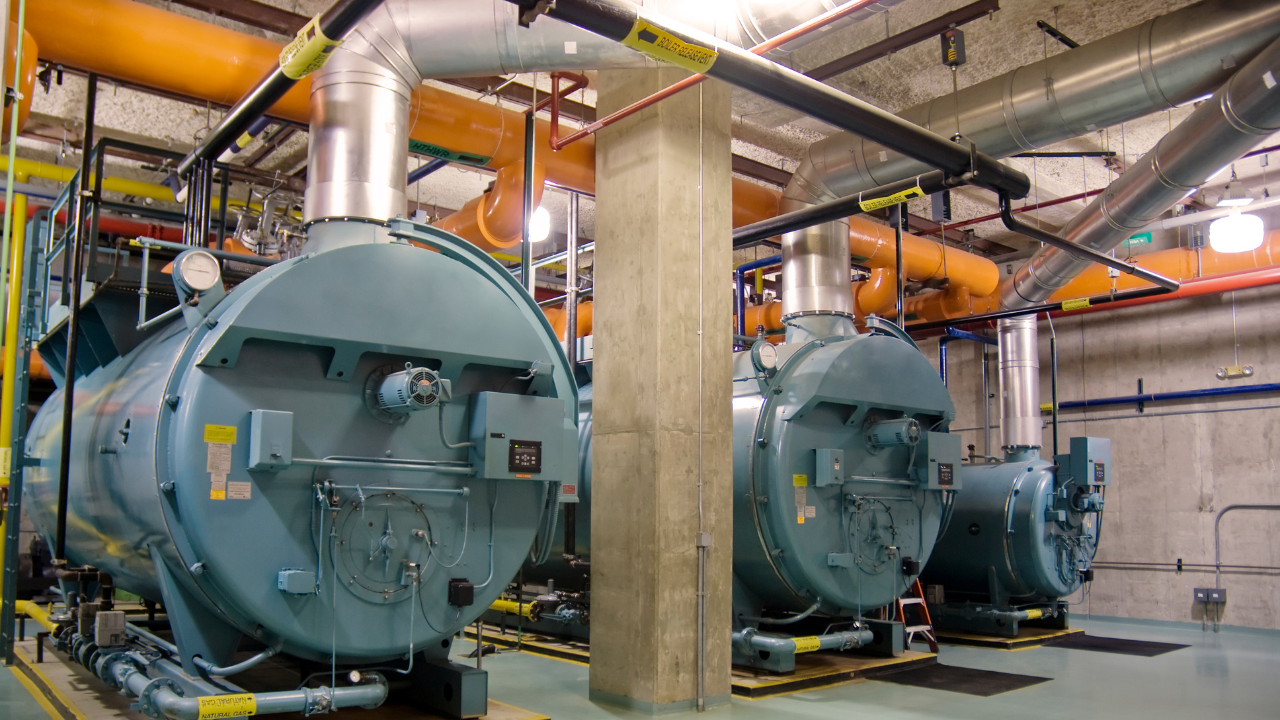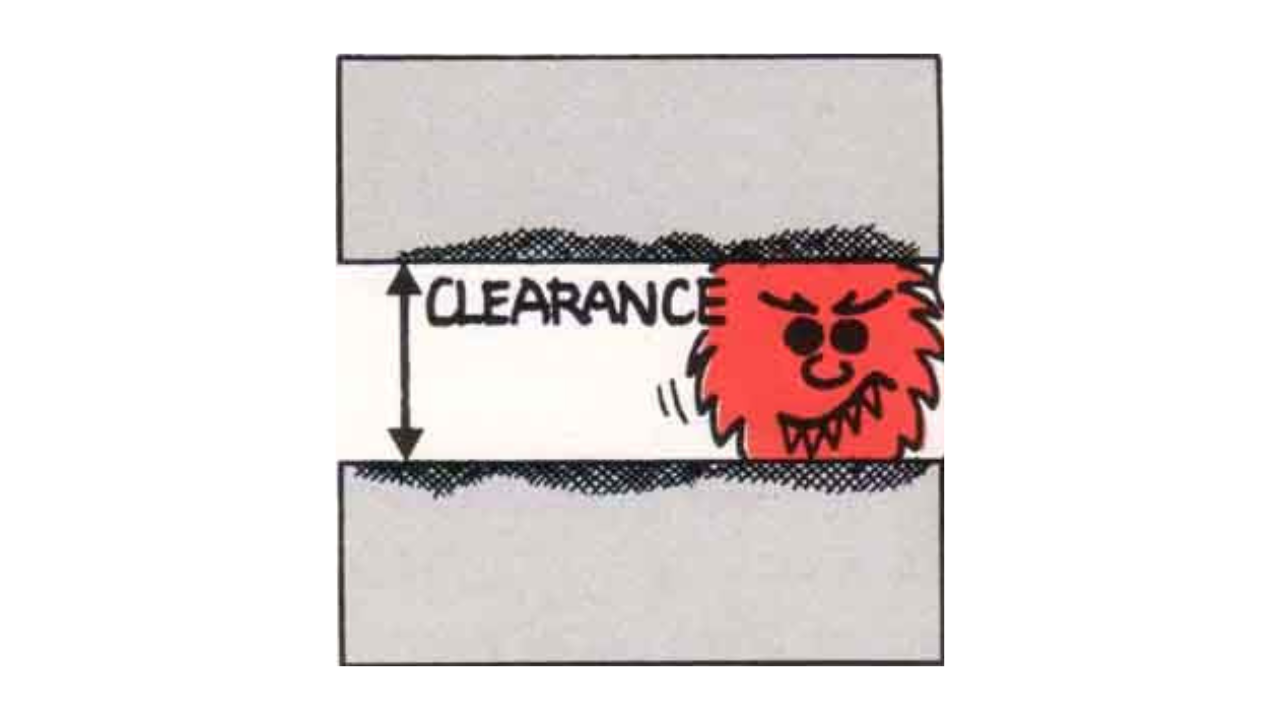7 Points to Successful Root Cause Analysis (RCA)
Successful Root Cause Analysis (RCA) is a useful tool for trouble shooting breakdowns and efficiently coming to a solution. I propose the following seven points for successful implementation of RCA that will naturally result in increased profits.
Seven Points For Successful Root Cause Analysis
I. Describe the actual breakdown.
II. Define the physical phenomena of the breakdown.
III. Organize the details of the breakdown by using the ‘3W2H’ (with what, when, where, how, how much) tool.
IV. Work as a team, respecting each other’s expertise and knowledge, rather than individually.
V. Consider every possible cause of the breakdown.
VI. Verify all logical causes and eliminate all illogical causes.
VII. If determined that the cause of the breakdown was human error, separate that cause from the physical causes.
I. Describe the actual breakdown.
Describe all observations of the breakdown. Frequently people do not check the breakdown in detail. That is really dangerous way of finding causes, solving the problem. There should be a physical examination of the machines involved and a detailed description of the actual break. In not checking all aspects, there is a high probability of missing the cause. Every aspect must be checked.
II. Define the physical phenomena of the breakdown.
When you are looking for the cause of the breakdown, it is imperative that you define the problem to physical phenomena. For example: If the lamp is off, rather than just stop at problem’s phenomena, define ‘Lamp off ‘ in physical phenomena. If you define ‘lamp off’ to ‘electricity can’t go through lamp in the circuit’, you can get to problem essentially. This is a more exact and helpful description of the problem
III. Organize the details of the breakdown by using the ‘3W2H’
Do not make any assumptions when examining a problem. No two problems are exactly the same in nature and cause. Actually, it is extremely rare for the exact same breakdown to occur twice. Look at each problem as if you were looking at the situation for the first time. It looks like even though that cause is different, but their breakdown phenomena looks same. For each problem use: with what, when, where, how, and how much. In answering these questions from a new perspective each time, RCA will be more quickly achieved.
IV. Work as a team, respecting each other’s expertise and knowledge, rather than working individually.
The more input a problem from various perspectives, the better. Everyone will look at the problem differently, so it is to your advantage to seek the assistance of everyone involved in the situation from machine operators, supervisors and managers. One paper company, when their managers joined in an effort to improve their production, thought of a better design for a paper machine. The manufacture of the machine implemented their suggestions with very positive results.
V. Consider every possible cause of the breakdown.
Looking problems in the past may be helpful in determining your cause of the breakdown; however, you should take care in not limiting yourself to past causes. Every possible cause must be considered. All potential causes need to be cleared.
VI. Verify all logical causes and eliminate all illogical causes.
In processing cause analysis, you must consider all causes. It will become clear in the process that some causes will be illogical. Remove all illogical causes after careful examination. You can see they are logical or not by reversing it. Let’s look at the simple physical phenomena as an example. ‘Lamp off’ means ‘electricity cannot travel through the lamp’. If one of the causes of electricity cannot travel through the lamp is ‘fuse out’, so to find out whether this is appropriate or not, look if fuse is out, electricity cannot travel through the lamp. If it does, you can see that as a possibility of cause.
VII. If determined that the cause of the breakdown was human error, separate that cause from the physical causes.
In the process of team evaluation, it will become obvious that the cause of the breakdown was human error. It is important to separate the human error factors from the physical factors. If there is a human cause, the participation of attendees can be lower. So don’t except that possibility. Organize them separately and don’t leave out the physical causes.
Jinsso Kim
Related Articles
Semiconductor devices are almost always part of a larger, more complex piece of electronic equipment. These devices operate in concert with other circuit elements and are subject to system, subsystem and environmental influences. When equipment fails in the field or on the shop floor, technicians usually begin their evaluations with the unit's smallest, most easily replaceable module or subsystem. The subsystem is then sent to a lab, where technicians troubleshoot the problem to an individual component, which is then removed--often with less-than-controlled thermal, mechanical and electrical stresses--and submitted to a laboratory for analysis. Although this isn't the optimal failure analysis path, it is generally what actually happens.
Semiconductor devices are almost always part of a larger, more complex piece of electronic equipment. These devices operate in concert with other circuit elements and are subject to system, subsystem and environmental influences. When equipment fails in the field or on the shop floor, technicians usually begin their evaluations with the unit's smallest, most easily replaceable module or subsystem. The subsystem is then sent to a lab, where technicians troubleshoot the problem to an individual component, which is then removed--often with less-than-controlled thermal, mechanical and electrical stresses--and submitted to a laboratory for analysis. Although this isn't the optimal failure analysis path, it is generally what actually happens.
See More
I use the term RCPE because it is a waste of good initiatives and time to only find the root cause of a problem, but not fixing it. I like to use the word problem; a more common terminology is Root Cause Failure Analysis (RCFA), instead of failure because the word failure often leads to a focus on equipment and maintenance. The word problem includes all operational, quality, speed, high costs and other losses. To eliminate problems is a joint responsibility between operations, maintenance and engineering.
I use the term RCPE because it is a waste of good initiatives and time to only find the root cause of a problem, but not fixing it. I like to use the word problem; a more common terminology is Root Cause Failure Analysis (RCFA), instead of failure because the word failure often leads to a focus on equipment and maintenance. The word problem includes all operational, quality, speed, high costs and other losses. To eliminate problems is a joint responsibility between operations, maintenance and engineering.
See More
This paper presents an overview of an integrated process for system maintenance, fault diagnosis and support. The solution is based on Qualtech System, Inc.’s (QSI’s) TEAMS toolset for integrated diagnostics and involves several key innovations. As a showcase of the integrated solution, QSI, along with Antech Systems and Carnegie Mellon University (CMU), have recently completed a research project for the Information Technology Branch at the Naval Air Warfare Center–Aircraft Division (NAWC-AD) in St. Inigoes, MD. The entire system, termed ADAPTS (Adaptive Diagnostic And Personalized Technical Support), provides a comprehensive solution to integrated maintenance and training.
This paper presents an overview of an integrated process for system maintenance, fault diagnosis and support. The solution is based on Qualtech System, Inc.’s (QSI’s) TEAMS toolset for integrated diagnostics and involves several key innovations. As a showcase of the integrated solution, QSI, along with Antech Systems and Carnegie Mellon University (CMU), have recently completed a research project for the Information Technology Branch at the Naval Air Warfare Center–Aircraft Division (NAWC-AD) in St. Inigoes, MD. The entire system, termed ADAPTS (Adaptive Diagnostic And Personalized Technical Support), provides a comprehensive solution to integrated maintenance and training.
See More
The power industry’s operating and maintenance practices were held up to intense regulator and public scrutiny when on November 6, 2007, a Massachusetts power plant’s steam-generating boiler exploded and three men died. The Department of Public Safety’s Incident Report investigation determined that the primary cause of the Dominion Energy New England’s Salem Harbor Generating Station Unit 3 explosion was extensive corrosion of boiler tubes
The power industry’s operating and maintenance practices were held up to intense regulator and public scrutiny when on November 6, 2007, a Massachusetts power plant’s steam-generating boiler exploded and three men died. The Department of Public Safety’s Incident Report investigation determined that the primary cause of the Dominion Energy New England’s Salem Harbor Generating Station Unit 3 explosion was extensive corrosion of boiler tubes
See More
I was asked recently to give a second opinion on the cause of failure of an axial piston pump. The hydraulic pump had failed after a short period in service and my client had pursued a warranty claim with the manufacturer. The manufacturer rejected the warranty claim on the basis that the failure had been caused by contamination of the hydraulic fluid. The foundation for this assessment was scoring damage to the valve plate.
I was asked recently to give a second opinion on the cause of failure of an axial piston pump. The hydraulic pump had failed after a short period in service and my client had pursued a warranty claim with the manufacturer. The manufacturer rejected the warranty claim on the basis that the failure had been caused by contamination of the hydraulic fluid. The foundation for this assessment was scoring damage to the valve plate.
See More
Root Cause Analysis has the potential of CHANGING people, IF the leader of the investigation knows of this potential. Far from “just another problem-solving exercise,”the root cause analysis should SLOW PEOPLE DOWN to the extent that they can see the truth of the incident under inquiry, WHATEVER THE TRUTH MIGHT BE. This paper focuses on two parts of our human nature which are large obstacles to root cause discovery, i.e., our unwillingness to slow down, and our unwillingness to let go of certain basic assumptions about life. Warning: This paper is designed to challenge the way you think about Root Cause Analysis.
Root Cause Analysis has the potential of CHANGING people, IF the leader of the investigation knows of this potential. Far from “just another problem-solving exercise,”the root cause analysis should SLOW PEOPLE DOWN to the extent that they can see the truth of the incident under inquiry, WHATEVER THE TRUTH MIGHT BE. This paper focuses on two parts of our human nature which are large obstacles to root cause discovery, i.e., our unwillingness to slow down, and our unwillingness to let go of certain basic assumptions about life. Warning: This paper is designed to challenge the way you think about Root Cause Analysis.
See More
A fault tree is constructed starting with the final failure and progressively tracing each cause that led to the previous cause. This continues till the trail can be traced back no further. Each result of a cause must clearly flow from its predecessor (the one before it). If it is clear that a step is missing between causes it is added in and evidence looked for to support its presence. Below is a sample fault tree for the moral story of the kingdom lost because of a missing horseshoe nail.
A fault tree is constructed starting with the final failure and progressively tracing each cause that led to the previous cause. This continues till the trail can be traced back no further. Each result of a cause must clearly flow from its predecessor (the one before it). If it is clear that a step is missing between causes it is added in and evidence looked for to support its presence. Below is a sample fault tree for the moral story of the kingdom lost because of a missing horseshoe nail.
See More











